Law enforcement officers and most adults have trouble distinguishing between alcoholic and non-alcoholic beverages, according to research conducted at Tuscumbia High School. The study shows that there are many beverages on the market that are extremely deceptive. Do people know what they are actually drinking? And if they do, are they trying to hide it from their parents or possibly the law enforcement?

The 2009 Youth Risk Behavior Survey (YRBS) found that in the past 30 days 42% of high school students drank some amount of alcohol, 24% binge drank, 10% drove after drinking alcohol and 28% rode with a driver who had been drinking alcohol. To estimate the number of youths who drank alcohol, the New Hampshire Department of Health and Human Services analyzed data from the YRBS conducted at Concord High School among students in grades 9–12. This study showed that when law enforcement officers conducted more compliance tests, the rate of underage drinking decreased. Thus, it is essential that law officers recognize the different alcoholic beverages on the market to decrease underage drinking.
However, one of the newest trends on the beverage market is alcoholic sugar-sweetened beverages (SSBs). They are especially appealing to young people due to their fruity flavors, bright colors, and sweet taste. Today, there are alcoholic teas, lemonades, and even alcoholic soda pops, which are referred to as alcopops. These beverages may be encouraging a rise in underage drinking, according to the Center for Science in the Public Interest's Alcohol Policies Project.
In 2010, I conducted a study looking at the influence of beverage containers on content perception. I wanted to see how the general public perceived the contents of a beverage based on a short viewing of the container. The study included 116 volunteers, ages ranging from 10 to 65. Each person took an online questionnaire that included pictures of 55 various beverages on the market. Imbedded within the questionnaire were 12 look-a-like beverages that either contained caffeine, alcohol, or both. (The subject only got to view each picture for one second.) Over half of the subjects were not able to identify what was inside a look-a-like beverage by its container.
Seventeen on-duty volunteer law enforcement officers from three local towns also participated in my study. They included county deputies, police officers, water patrolmen and highway patrolmen. Each subject took the same questionnaire as the first group and they also completed a visual and olfactory portion. Fourteen beverages were used in this portion of study, seven were alcoholic and seven non-alcoholic. Only one officer was in the room at a time, and they were blindfolded before entering. Each drink was lifted up to their nose, and was held there until they decided what it was. In between each drink, coffee grinds were held to their nose to eliminate previous smells. After smelling all the drinks, they took their blindfold off and looked at the liquid of each drink.
The law enforcement officers were deceived when it came to the new alcopops on the market. They had
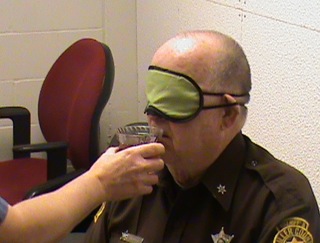
difficulty recognizing the beverages by either visually inspecting the drink or by smelling it. If the officers were to combine their visual and olfactory inspection, they would only be able to tell if a drink contained alcohol 60% of the time. Also, after a highway patrolman failed at the visual and olfactory portion of the test, he asked if he could taste the alcopops and couldn’t taste the alcohol in them either!
Kori Haley

This work is licensed under a Creative Commons Attribution-NonCommercial-NoDerivs 3.0 Unported License


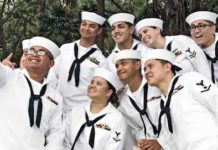
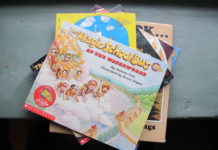
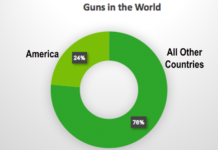
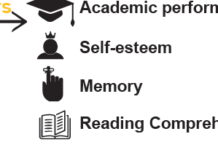
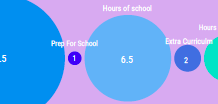







Awesome Research, Kori!!!!!!!!